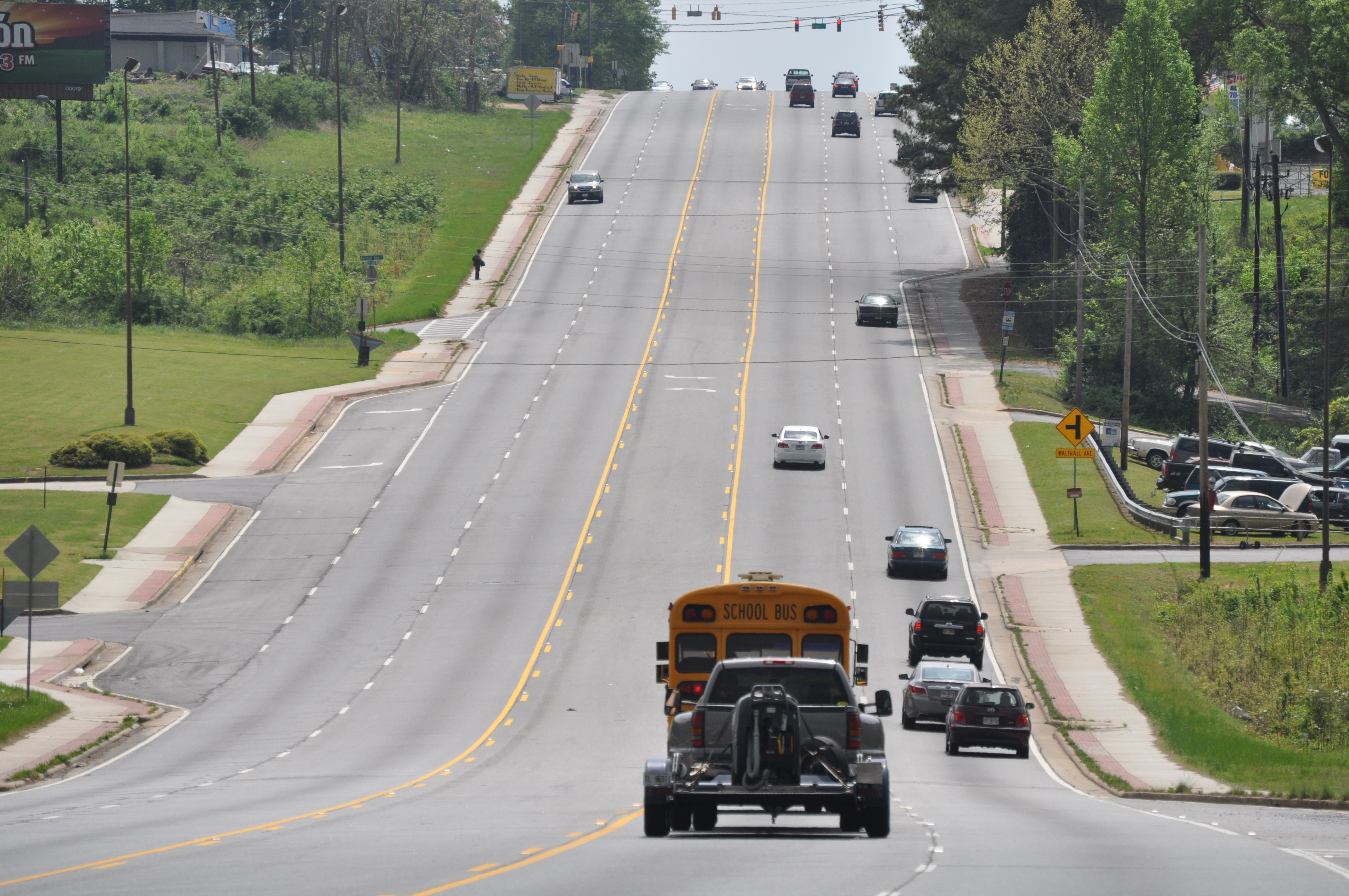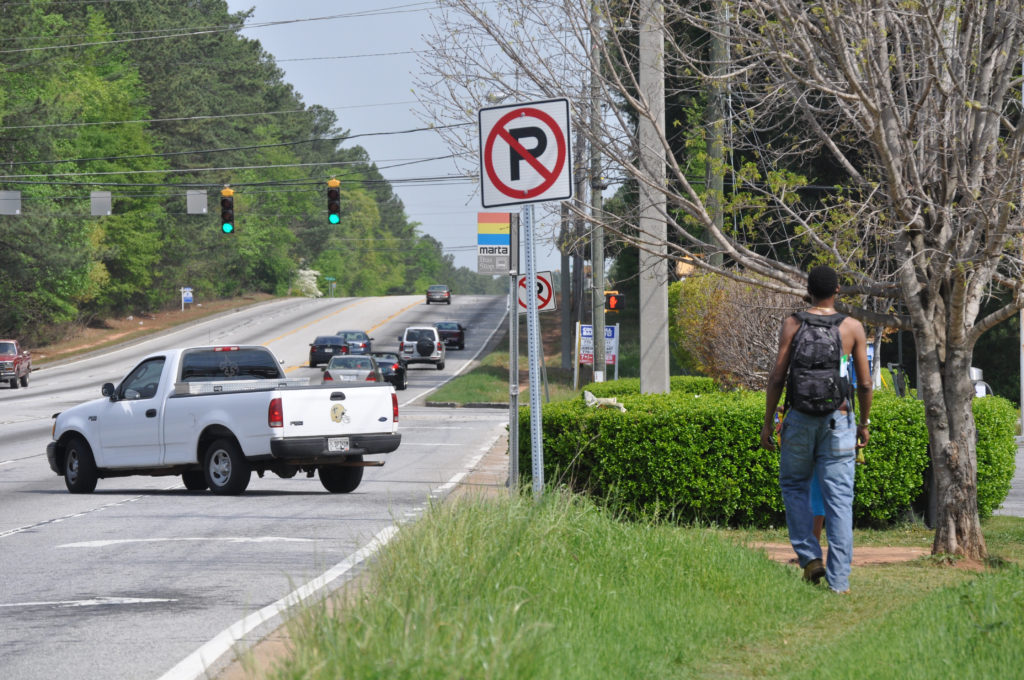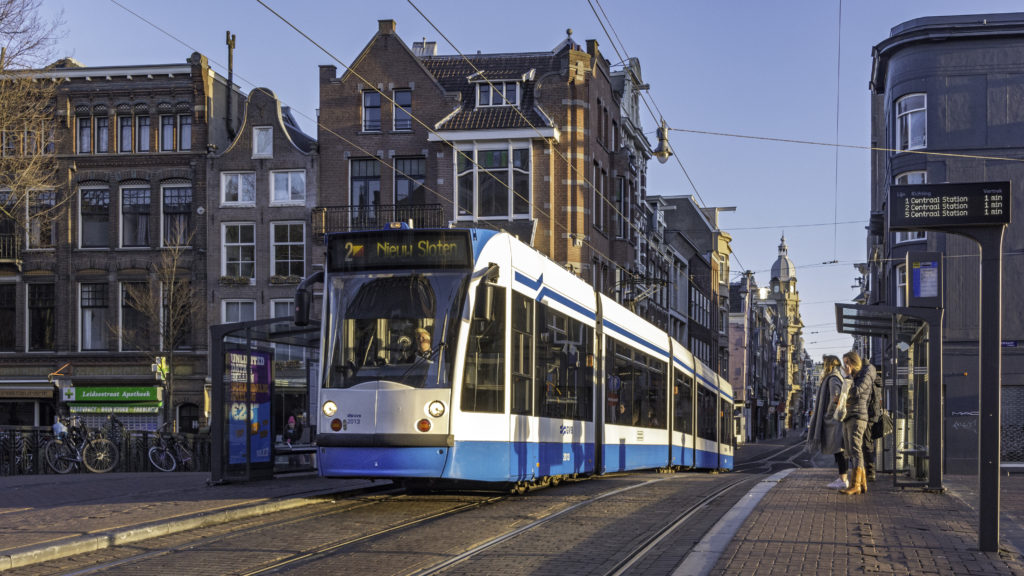By Jacob Mason, ITDP
The 1973 oil crisis caused gasoline prices to skyrocket and supplies to dwindle. Gasoline rationing led to long lines at gas stations and paralyzed car movement. Two countries—the United States and the Netherlands—responded to the crisis in nearly opposite ways. The Netherlands began a long-term policy shift away from a car-based society. The US, however, doubled down on car culture.

Across the Netherlands, cities built bicycle lanes, people friendly shopping streets, and spent large amounts of money on high-quality public transport. US cities built new highways and expanded low-density suburbs, car-centric shopping centers, and office parks. American public transit, cycling, and walking infrastructure deteriorated. The share of people using sustainable transport in the U.S. fell from 23% in 1970 to just 15% in 2016 (U.S. Census data). Today, nearly 87% of all trips take place in a private car, and American cities are five of the top ten most congested cities in the world, while Amsterdam does not even break the top 100.

Prioritized bicycle lanes and public transit make sure that everyone, including the poor, small children, and the disabled, have access to safe, efficient, and affordable transportation. A well-used bus is at least 14 times more space efficient than a single-occupancy car traveling the same distance and light rail, bus rapid transit, and metro are even more efficient. Road designs focused almost exclusively on increasing and maintaining high car speeds, have the opposite effect. The proliferation of wide multi-lane roads and cul-de-sac street networks has the effect of cutting off neighborhoods. Today, in many places, few viable alternatives to driving exist. Today, unsurprisingly, most Americans drive nearly everywhere. In the United States, the average household has 2.3 cars and spends nearly a sixth of its income on transportation. The lack of viable alternatives places a heavy burden on the poorest members of society, who struggle to afford basic transportation. Fines for driving without a license—because no other viable transportation options exist—trap many people in a cycle of poverty. While the cost of car ownership in the Netherlands is similar, people rely on high-quality transit, cycling, and walking for half of all trips. This helps poor families access jobs and save money, helping to improve their quality of life. Good public transit leads to a safer, healthier society.

Good public transit leads to a safer, healthier society. In the U.S., there is a 90% lower crash risk for public transit than car travel. According to the World Health Organization, U.S. residents are three times more likely to die on the streets than people in the Netherlands. And despite a more sedentary population, U.S. residents are five times more likely to be killed while walking. In addition, most public transit trips begin and end with walking or cycling, making exercise an integral part of daily life. This helps to reduce rates of obesity, heart disease, and diabetes. In the Netherlands, only 18.8% of adults (over 20 years old) are obese compared to 32% of Americans.
The economic benefits of a city built around public transport are manifold. Good transit boosts the economy and stimulates economic development by bringing people together for jobs and opportunities. Public transit uses space efficiently and supports dense development, which reduces travel distances and space requirements. American cities have spent billions creating vast networks of urban freeways, only to find this encourages more people to drive and results in gridlock.

When cities spend money on roads, they are also losing the benefits of more productive land use, like public spaces and housing. Car infrastructure is also expensive, particularly the elevated highways and tunnels needed to move cars around urban areas. In Milwaukee, renovating an existing freeway would have cost $80 million, but it only cost $30 million to remove it and replace it with surface streets. In addition despite the country’s enormous wealth, infrastructure in the U.S. is collapsing. The Netherlands, although slightly less wealthy, is managing to maintain and expand its infrastructure.
Cities built around public transit play an important role in protecting the environment. By moving more people per vehicle in less space, transit uses far less energy per kilometer of travel. Public transit cuts pollution and greenhouse gas (GHG) emissions and prevents premature deaths from poor air quality. Through the more efficient use of space, transitoriented cities prevent sprawl into natural areas and resources, protecting them for future generations. The Netherlands, with its cities built around public transit, generates 40% fewer GHG emissions per capita than the United States.
Urban populations in the United States and the Netherlands are growing slowly—47% and 50% of people live in urban areas, respectively. In many parts of the world, such as Kenya, urban populations are exploding. While only 20% of residents there live in urban centers, it’s not at all clear what shape cities will take when 40% or 50% live in those centers. Will those countries choose the United States’ car-oriented model, with expensive infrastructure that punishes the poor, degrades the environment, and fails to effectively move people from one place to another? Or will they choose the Netherlands’ transit-oriented model that boosts people out of poverty, protects the environment, and reliably gets people where they need to go? The choices that rapidly-growing cities make today will shape their future for generations.
This article is from the 30th edition of the Sustainable Transport magazine.
Read the rest of the issue here.

